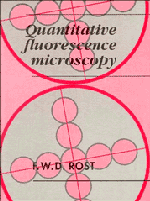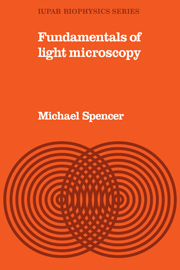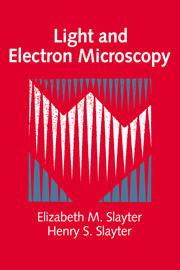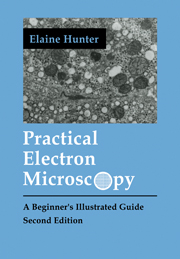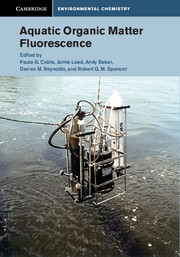Quantitative Fluorescence Microscopy
Quantitative fluorescence microscopy is concerned with making measurements from fluorescent specimens in a fluorescence microscope, by measuring fluorescence emission from a defined area or areas of a specimen. This technique is most commonly used to determine the amount of some specific substance, such as DNA, in some particular area of a cell. But it has many other uses; for example, it can be used to identify certain substances in the cell by examining their fluorescence characteristics. This book is a complete guide to this technique for all biologists. It describes the principles and applications of quantitative fluorescence microscopy and also gives much practical information about the instrumentation required. There is also a discussion of the exciting developments in confocal fluorescence microscopy which allows the three dimensional distribution of particular substances to be determined. Everyone presently using this technique, or wishing to start using it will need to read this book.
Product details
August 1991Hardback
9780521394222
250 pages
256 × 195 × 20 mm
0.71kg
57 b/w illus.
Unavailable - out of print January 2008
Table of Contents
- Preface
- Abbreviations and symbols
- 1. Principles of fluorescence microscopy
- 2. Instrumentation for microfluorometry
- 3. Microfluorometric technique
- 4. Microfluorometry: errors, standardization and data processing
- 5. Applications of microfluorometry
- 6. Principles of microspectrofluorometry
- 7. Instrumentation: microspectrofluorometers
- 8. Microspectrofluorometric technique
- 9. Microspectrofluorometry: errors, standardization and data processing
- 10. Applications of microspectrofluorometry
- 11. Photobleaching, photoactivation and quenching
- 12. Time-resolved fluorescence, phosphorescence and polarization
- 13. Quantitative enzyme studies
- 14. Flow cytometry Hans J. Tanke
- 15. Scanning, video intensification and image processing
- 16. History of quantitative fluorescence microscopy
- Appendices
- References
- Index.

